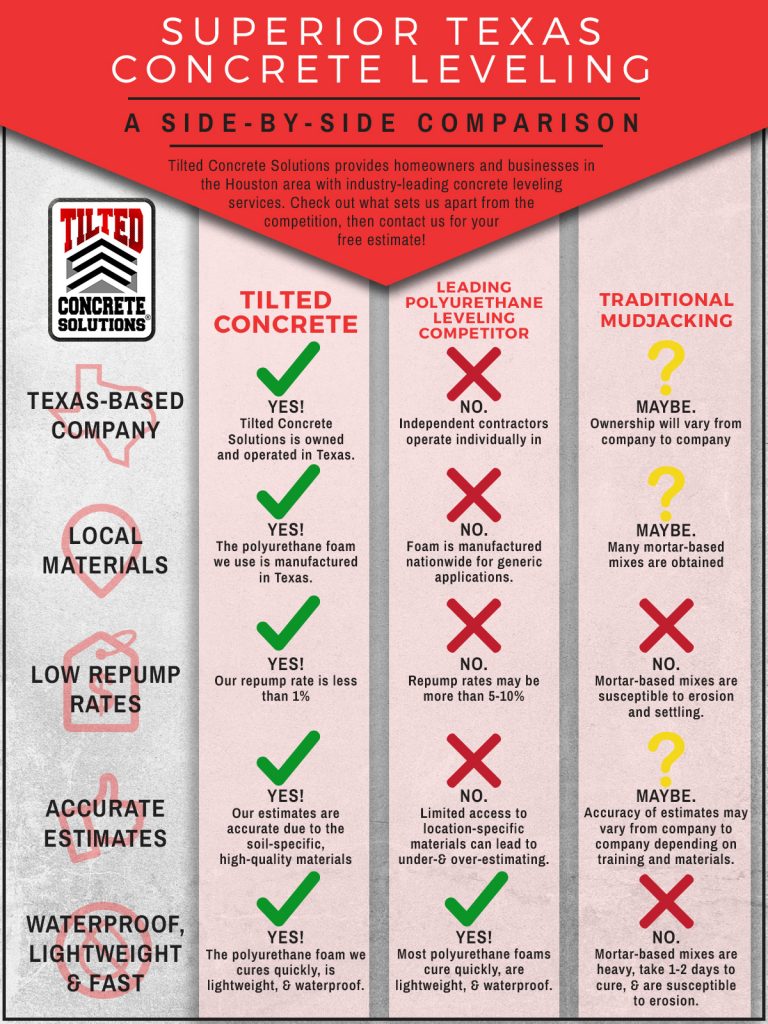Learn Just How Seasonal Factors Affect Industrial External Painting Success And Find The Most Effective Times To Make Certain Long-Term Outcomes For Your Project
Learn Just How Seasonal Factors Affect Industrial External Painting Success And Find The Most Effective Times To Make Certain Long-Term Outcomes For Your Project
Blog Article
Staff Author-Aguilar Skafte
When you're intending a commercial exterior painting job, seasonal aspects can make or damage your outcomes. You'll want to think about exactly how temperature level and humidity influence paint application and drying times. Picking the right period can ensure your paint sticks appropriately and lasts longer. But which periods are truly the very best for this type of work? Let's discover the crucial elements that can affect your project's success.
The Influence of Temperature Level on Paint Application
When you're intending an industrial exterior paint job, the temperature can substantially affect how well the paint sticks and dries.
Ideally, you wish to repaint when temperature levels vary between 50 ° F and 85 ° F. If paint color consultant online 's too cool, the paint may not treat properly, causing issues like peeling or breaking.
On the other hand, if it's as well warm, the paint can dry as well quickly, stopping proper attachment and causing an unequal surface.
You need to also consider the time of day; morning or late afternoon uses cooler temperature levels, which can be much more beneficial.
Always inspect the supplier's referrals for the particular paint you're making use of, as they typically offer guidance on the suitable temperature array for optimal results.
Humidity and Its Result on Drying Times
Temperature level isn't the only ecological aspect that affects your commercial outside paint task; humidity plays a substantial role too. High humidity levels can reduce drying times substantially, influencing the overall top quality of your paint job.
When the air is saturated with moisture, the paint takes longer to heal, which can cause issues like poor adhesion and a higher risk of mildew growth. If you're repainting on a specifically humid day, be gotten ready for prolonged wait times in between coats.
It's essential to keep track of local climate condition and plan appropriately. Ideally, go for moisture levels in between 40% and 70% for optimum drying.
Maintaining these factors in mind ensures your project remains on track and delivers a long-term finish.
Best Seasons for Commercial Outside Paint Projects
What's the best time of year for your industrial external painting tasks?
https://painternearme99988.csublogs.com/41521111/are-you-looking-for-a-residence-that-exudes-energy-and-quality-learn-the-keys-of-professional-residence-painters-and-the-important-aspects-that-create-a-real-sense-of-home and early loss are typically your best choices. Throughout these periods, temperature levels are mild, and moisture levels are usually lower, producing perfect conditions for paint application and drying out.
Stay clear of summer's intense heat, which can trigger paint to dry as well swiftly, bring about bad adhesion and coating. Likewise, winter's cool temperature levels can prevent appropriate drying and treating, running the risk of the durability of your paint work.
Go for days with temperature levels between 50 ° F and 85 ° F for optimal outcomes. Keep in mind to check the local weather prediction for rainfall, as wet problems can destroy your job.
Planning around these elements guarantees your paint job runs smoothly and lasts longer.
Verdict
Finally, planning your business external paint tasks around seasonal considerations can make a substantial difference in the outcome. By organizing work throughout the optimal temperature levels and moisture degrees, you'll make certain far better adhesion and drying times. Keep in mind to keep an eye on regional weather prediction and pick the correct time of year-- springtime and very early loss are your best options. Taking these steps will certainly aid you achieve a sturdy and expert surface that lasts.
